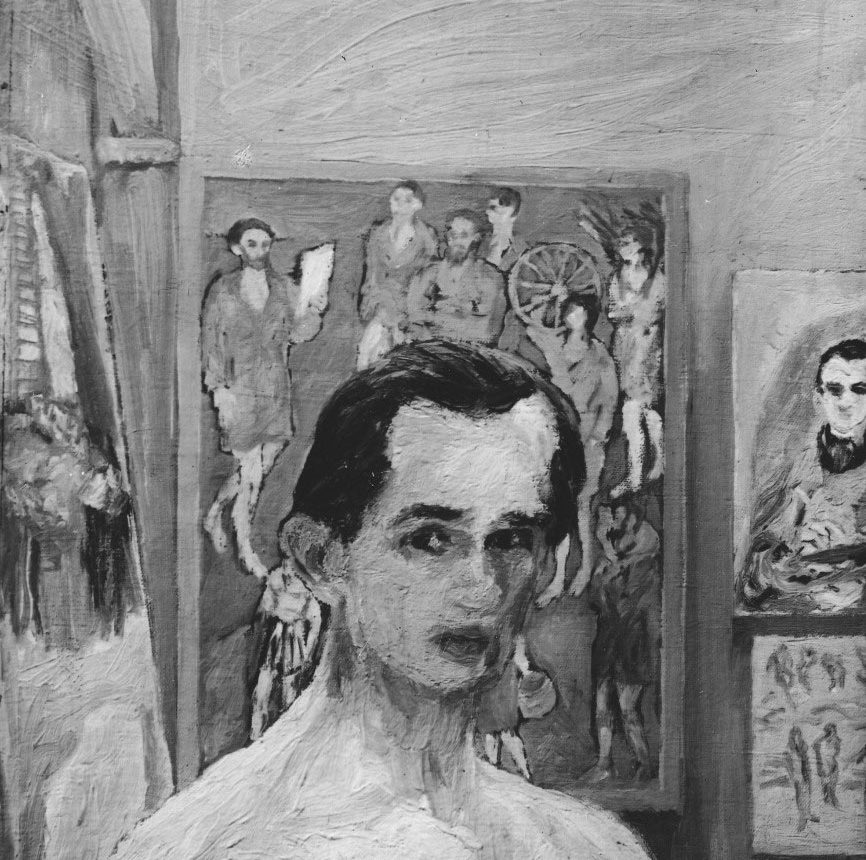Jacques CHAPIRO
January 2, 2019Molli CHWAT
January 2, 2019Meyer CHEYCHEL
CHUDNOV (UKRAINE) 1890 – DEPORTED TO AUSCHWITZ 1942
Meyer Cheychel’s father was a forest ranger. When he was twenty years old, Cheychel left to study in Saint Petersburg, where an exhibition was later dedicated to him. A second exhibition later took place in Kiev. In 1922, he arrived in Paris and lived in poverty despite the support of the painter and art critic Alexandre Benois. In Montparnasse, he spent time in the cafés, and familiarized himself with the faces which he liked to draw. He wrote mysterious notes on a notebook, which has never been found. His friend Léon Zack painted his portrait. Every year, he went back to Ukraine where he spent time with his friend, the writer Devni Store. In August 1942, Meyer Cheychel was arrested, interned in Drancy, and deported on convoy number 7. He was murdered in Auschwitz. When he was arrested, his paintings and writings were destroyed.
Stories of Jewish Artists of the School of Paris 1905-1939
FRENCH-ENGLISH
Capitale des arts, le Paris des années 1905-1939 attire les artistes du monde entier. De cette période de foisonnement, un terme est resté, celui d'Ecole de Paris, qui recouvre une grande diversité d'expression artistique. Dans ce brassage dont Montparnasse est le creuset, un groupe se distingue : celui des artistes juifs venus de Russie, de Pologne et d'Europe centrale. Si leurs styles sont variés, un destin commun les rassemble : ils fuient l'antisémitisme de leur pays d'origine. Certains ont connu la célébrité dès les années 1920, tels Soutine, Lipchitz ou Chagall. D'autres n'ont pas eu le temps ou la chance d'y accéder. Près de la moitié a péri dans les camps de concentration nazis.
From 1905 to 1939, Paris attracted artists from all over the globe as the capital of the art world. This period of artistic proliferation became known as the School of Paris, and includes a great diversity of artistic expression. Within the teeming art world centred on Montparnasse, one group set itself apart: Jewish artists from Russia, Poland, and Central Europe. Although their styles were diverse, they shared the common fate of fleeing anti-Semitic persecutions in their home countries. Some became famous in the 1920s, such as Soutine, Lipchitz, and Chagall, while others did not have the time or the luck to gain renown. Nearly half of these artists died in Nazi concentration camps.





